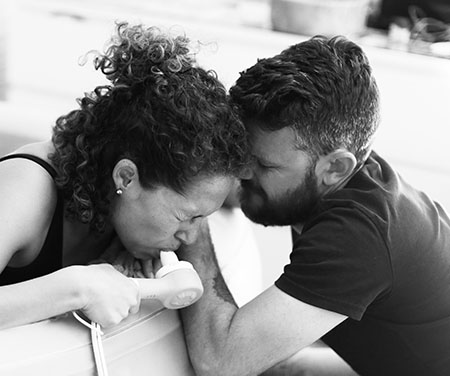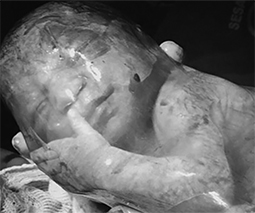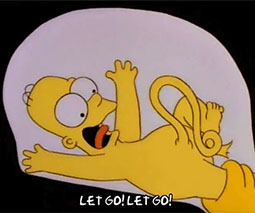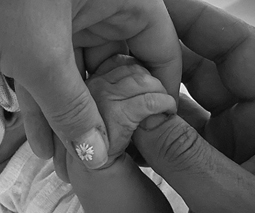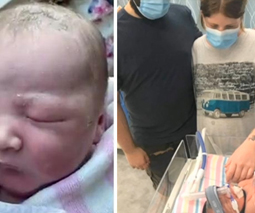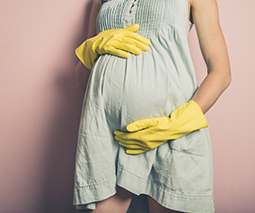Everything you need to know about postpartum binding
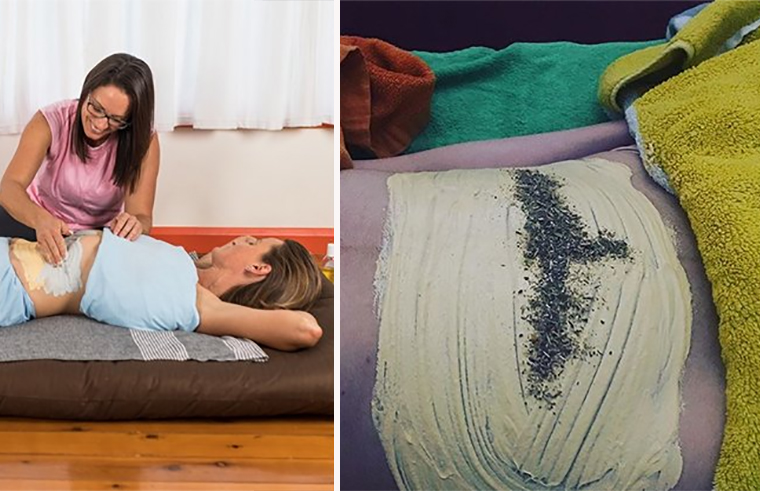
Postpartum binding sounds a little bit mysterious before you understand how it works.
Postpartum healing
But according to Sydney-based practitioner Jackie Gorman, this beautiful ritual has been used in Chinese, Malay and Indonesian cultures for centuries.
The full name for the practice is, ‘Jamu binding, wrapping and massage’, and it was specifically designed to care for new mothers and help them recover from childbirth by moving blood clots and improving the body’s blood circulation.
According to Jackie, the term ‘Jamu’ also refers to the traditional herbs and plants that are applied to the abdominal area under a bandage that is wrapped (bound) around the abdominal area.
“These two practices [binding and massage] are combined in a ritual to enhance the woman’s physical, emotional and mental health and wellbeing after birth,” said Jackie, who was inspired to start her business, Nurture by Touch, after experiencing Jamu massage in Singapore after the birth of her first child.
How does the binding process work?
Jamu binding, wrapping and massage is designed specifically for the post-birth period, and ideally should be performed on the very first day you arrive home from hospital.
“If you have had a c-section delivery, we wait up to a month dependant on your doctor’s approval and speed of recovery,” says Jackie.
Jackie visits the new mum in her home every single day for two weeks to ensure the highest levels of comfort and convenience.
“We begin the ritual with some meditation and mindfulness and affirmations to settle the mother into the practice. And I use her kitchen to prepare a special tea made from Jamu herbs that support lactation.”
Nurture, massage and support for the 4th trimester
In addition to the massage and binding, the Jamu practice also involves postnatal counselling (a bit like a postnatal doula provides) and life coaching.
According to Jackie, the benefits of the Jamu ritual are myriad. They include detoxification post birth, reproductive organ healing, alleviation of headaches, improved sleep, relief from constipation and water retention, lowering stress and reducing the risk of postnatal depression.
While the Jamu practice is ideal for recovery immediately after birth, Jackie says women in the later stages of the postpartum period can also benefit greatly from the practice.
“I used Jamu to prepare for my second pregnancy”
Sydney mum-of-one Grace Kiernan’s son is already 22 months old, but she recently used Jamu to help support weaning.
“I wanted to welcome my periods back and do something to prepare my body for conceiving another baby,” says Grace.
“We chatted for a while at first and she made me some amazing tea, and then she gave me a beautiful massage. I felt so nourished and well looked after … the process is a great reminder of the importance of rest!”
While Jackie says her work has brought her enormous joy and inner peace, she also hopes it will highlight the importance of the 4th trimester.
“The 4th trimester is not really recognised anymore and we feel we have to rush back into life after baby. Jamu is a beautiful way to regroup and prepare for the next chapter in your life as a mum.”
